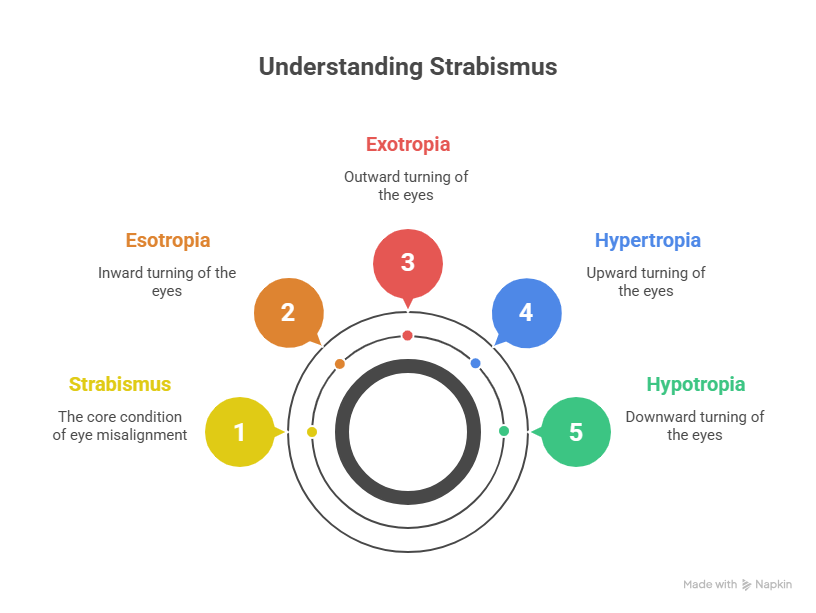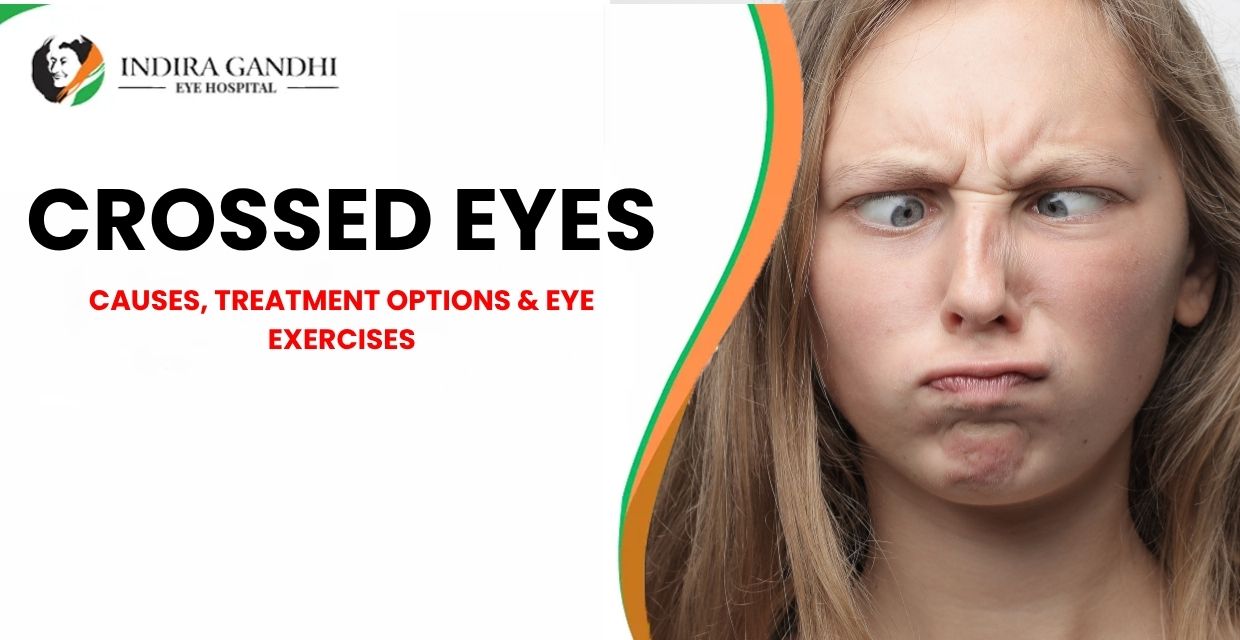|
Getting your Trinity Audio player ready...
|
Have you ever looked at someone and noticed that their eyes don’t quite seem to be working together? Perhaps one eye turns inward, or outward, or maybe even upward? This common condition, often referred to as “crossed eyes,” can be a source of confusion, sometimes even discomfort, and for those who live with it, it can impact much more than just appearance.
Medically known as strabismus, crossed eyes is a condition where the eyes are misaligned and do not look in the same direction at the same time. It’s a fascinating and complex issue that affects people of all ages, from infants to adults. But here’s the crucial thing to understand: crossed eyes are not just a cosmetic concern. They can profoundly affect vision, depth perception, and even how the brain processes visual information. At Indira Gandhi Eye Hospitals, we understand the intricacies of strabismus and are dedicated to providing comprehensive care, offering a range of effective treatment options and personalized strategies, including eye exercises, to help bring your eyes back into alignment and restore optimal vision. Let’s explore the world of crossed eyes together, understanding its causes, the various treatment paths available, and how eye exercises play a vital role.
What Exactly Are Crossed Eyes (Strabismus)? Unpacking the Misalignment

Imagine trying to read a book, but your two eyes are looking at different words. That’s essentially what happens with crossed eyes. Normally, both of your eyes point at the same object, and your brain blends the two slightly different images into a single, three-dimensional (3D) picture. This process is called binocular vision, and it allows us to perceive depth and spatial relationships accurately.
With strabismus, the eye muscles, which are responsible for controlling eye movement and alignment, don’t work together properly. This leads to one eye looking straight ahead while the other turns in a different direction – inward, outward, upward, or downward.
Here are the main types of strabismus you might encounter:
- Esotropia: The most common form of crossed eyes, where one or both eyes turn inward. This is often what people visualize when they hear the term “crossed eyes.”
- Exotropia: Where one or both eyes turn outward. Sometimes referred to as “wall-eyed.”
- Hypertropia: Where one eye turns upward.
- Hypotropia: Where one eye turns downward.
Strabismus can be constant (always present) or intermittent (appearing only at certain times, like when tired or stressed). It can affect just one eye (unilateral) or alternate between both eyes (alternating).
Concerned About Crossed Eyes?
Crossed eyes can affect both vision and confidence — but it’s treatable! Discover advanced therapies, personalized treatment plans, and simple exercises to regain focus.
Book a Strabismus Consultation Today

